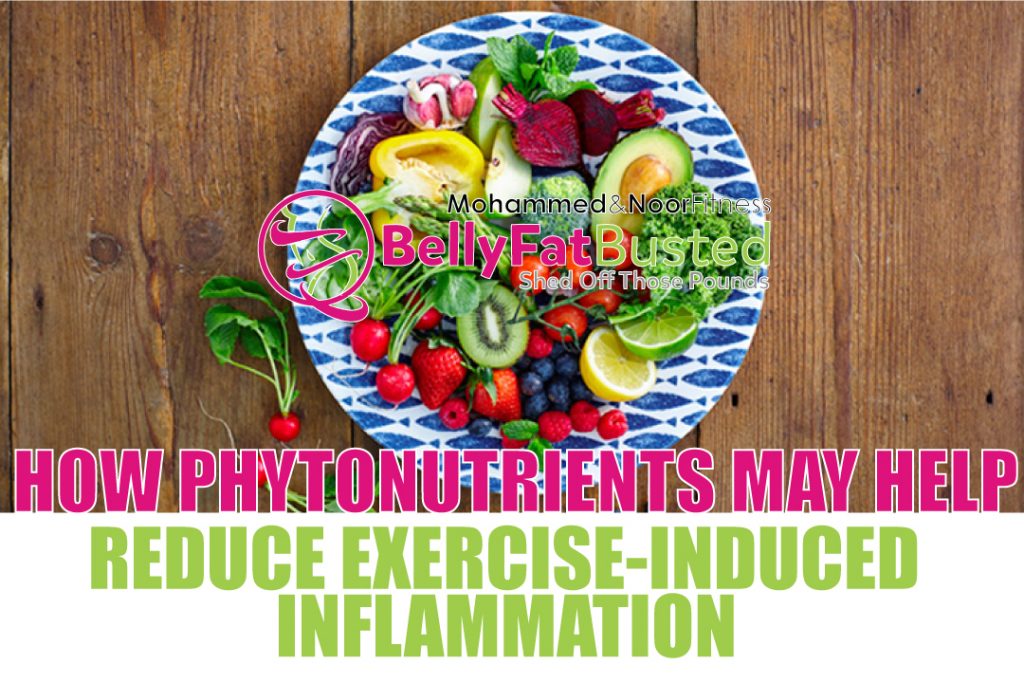
If you’re a serious runner, you’ve likely seen The Jericho Mile, a 1979 Emmy-Award winning film about Larry Murphy — a Folsom State Prison inmate with a 3:52 mile and a shot at the Olympics. About three-quarters of the way through the movie — as Murphy contemplates his first big race in the cafeteria — another inmate gives him a bowl of melon and a bit of advice: “Fruit’s good for you, man, eat plenty of fruit.”
Mic drop. If only Murphy had listened.
Odds are you’ve been ignoring the same advice your entire life. Your mom nagged you about eating your broccoli and Brussels sprouts. Your doctor advises you to “eat the rainbow.” And you likely have at least one vegan friend who wants to convert you — or at the very least replace some of the meat in your largely carnivorous diet with plants. Even Michelle Obama has got in on the act, imploring you and every other American to eat more fruits and veggies. And like Murphy (and most other Americans), odds are you don’t listen: Only 1 in 10 people in the United States eat the recommended five servings of fruits and vegetables a day, according to a recent report from the CDC.
That’s a problem. “If you’re not eating at least two servings of fruits and three servings of vegetables per day, you’re not building ‘foundational health,’ which is key for preventing disease and supporting athletic performance,” says Susan Kleiner, PhD, R.D., author of The Powerfood Nutrition Plan. If she had her way, you’d eat eight servings.
While nutritionists have long known about the athletic advantages of increasing protein intake, they’re only just beginning to comprehend the fitness benefits of eating more phytonutrients — bioactive (i.e., body-boosting) compounds found in fruits, vegetables, grains, and other “phyto” (plant) foods. You’ve likely heard about the most popular ones, including resveratrol, lycopene, and even curcumin. But more than 5,000 others have been identified in the more than 150,000 known edible plants, and many scientists estimate that the bulk of phytonutrients — and their benefits — have yet to be discovered.
“One of the most exciting benefits of phytonutrients is their strong antioxidant potential, disarming free radicals that wreak havoc in the body,” says Kleiner. “But it’s also bigger than that—scientists are learning that some phytonutrients seem go deep into the genetic matrix, turning on and off genes that protect us from disease development.”
That potential of phytonutrients to bolster the immune system is hugely important for athletes, who often run themselves down through overtraining. “One of the biggest things that holds athletes back is getting sick, and research shows that some phytonutrients can act as prebiotics, stimulating the growth of bacteria in your gut, thus helping to boost immunity,” says Kleiner.
Polyphenols — found in abundance in green tea — are among them, according to Japanese researchers. In their study, they found that green tea not only acted as a prebiotic, but also altered the balance of intestinal flora, inhibiting the growth of “bad” bacteria (e.g., Clostridium difficile, C. perfringens, and Streptococcus pyogenes), and promoting the growth of “good bacteria,” likeBifidobacterium and Lactobacillus.
But perhaps the greatest benefit of phytonutrients — especially as far as athletes are concerned — is their ability to fight exercise-induced inflammation. “The nature of training is to tear the body down, and the body is extraordinary in its ability to repair and rebuild its tissues to become stronger,” says Kleiner. “But part of that process involves an inflammatory response — inflammatory cells rush to the damaged tissue, heat it up, and begin repairing it.”
If you’ve ever felt sore a couple of days after a tough workout (a phenomenon known as delayed onset muscle soreness, or DOMS), you’ve felt the inflammatory process at work. A little inflammation is a good thing — it helps your muscles adapt to the demands of training (and you to become more powerful). “But if you don’t have enough anti-inflammatory factors in your body, the inflammation process can proceed unchecked, which can delay recovery,” says Kleiner.
Two phytonutrients have proven particularly efficient at checking this type of inflammation: Ellagitannins (found in pomegranate, a key ingredient in Beachbody Performance Recover) and anthocyanins (found in tart cherry extract, a key ingredient in Beachbody Performance Recharge). In a study at the University of Texas, participants who drank pomegranate juice experienced 25 percent less soreness two hours after working out than the placebo group. They were also 10 percent stronger two days later. Similar pain-fighting and inflammation-reducing results were reported for tart cherry extract in a study at Winona State University.
The list of potential benefits from phytonutrients grows almost monthly as new studies are published. “Researchers are even starting to find that certain phytonutrients can boost mental focus and recovery, which are huge for athletes during a race or toward the end of a workout,” says Kleiner.
Consuming resveratrol (found in red wine and chocolate), for example, can enhance memory retention and neural communication, according a recent study in The Journal of Neuroscience. Ditto for flavonoids (found in countless fruits and veggies, as well as green tea), which also exhibit neuroprotective properties, according to research at the University of Reading, in England. “In all likelihood, every single plant has benefits — both for general health and athletic performance,” says Kleiner.
Fortunately, you don’t have to eat every single plant to reap the benefits; you just have to eat a variety of them, according to Kleiner. “And by variety, I mean not only among food groups, but also within food groups,” she says. In other words, while you might love bananas, Amaranth, and Swiss chard, don’t just eat bananas, Amaranth, and Swiss chard. Becoming stuck in a dietary routine is just as detrimental as getting stuck in training rut.
“Every day, I would like you to have one serving from the citrus family, one serving from the berry family, and one serving from at least one other,” says Kleiner. An apricot or a slice of cantaloupe perhaps? Both contain carotenoids — phytonutrients that exhibit antioxidant-like properties.
On the veggie side, Kleiner recommends daily servings from the cruciferous family (broccoli, cabbage, brussels sprouts), allium family (onions, garlic, leeks), and the leafy greens (lettuce, kale, arugula). “Generally speaking, the more deeply or more brightly colored the fruit or vegetable is, the more potent its phytochemical content,” says Kleiner. And don’t forget whole grains. Quinoa, for example, is packed with quercetin and kaempferol, flavonoids have been shown to act like antioxidants and anti-inflammatories.
In short, your mom, doctor, and vegan friend were right — you should eat a greater number and variety of colorful fruits and vegetables. “And whenever possible, skip pills for whole foods,” says Kleiner. “There’s a lot we have yet to discover about phytonutrients, but one thing we do know is that they’re more potent when they work synergistically with other nutrients in foods than when they’re taken [and working] alone.”



Leave A Reply